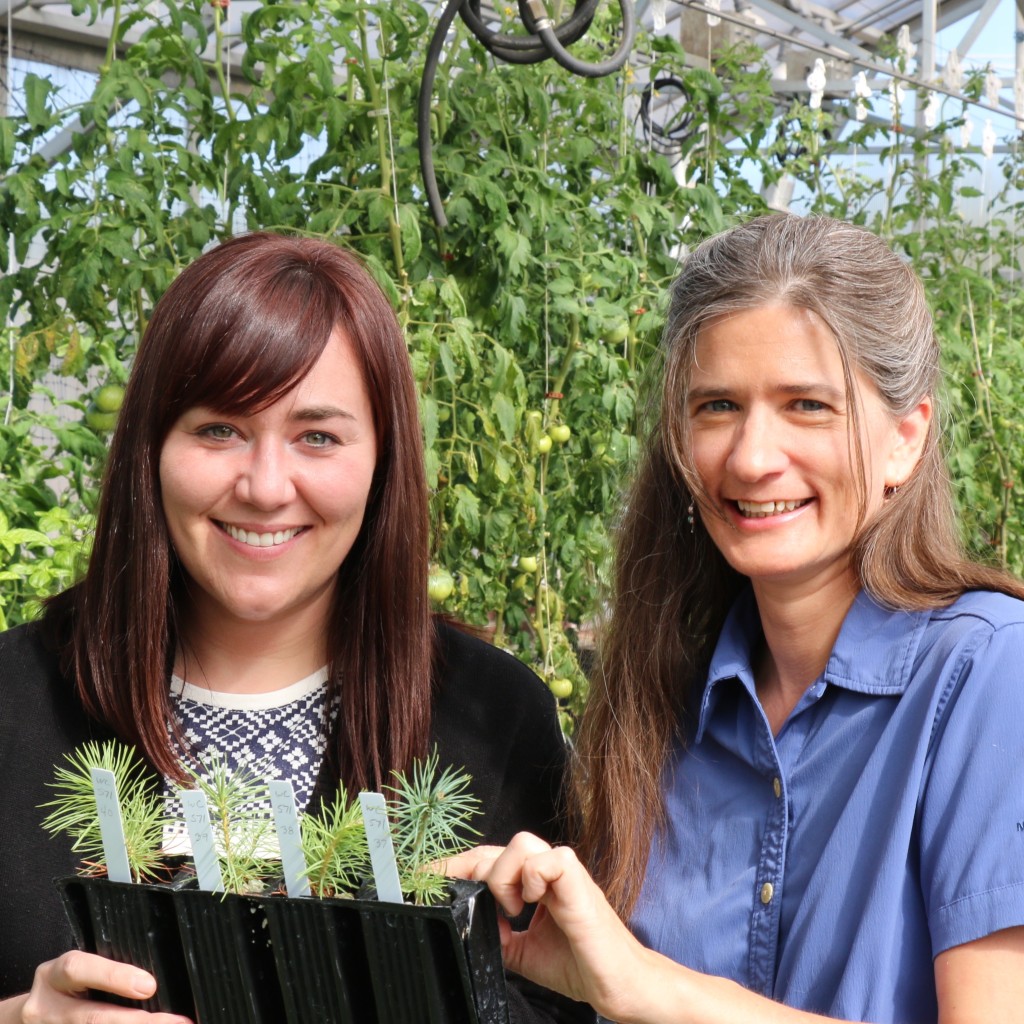Northern Arizona University has been awarded the largest forestry-related grant in the college’s history: $4.1 million to study the threatened southwestern white pine.
Kristen Waring, associate forestry professor, is principal investigator on the grant. Assistant biological sciences research professor Amy Whipple, the co-principal investigator, will focus on epigenetics, the study of variations in cellular traits.
“This project brings together a lot of issues facing the white pine and other tree species today; climate change and nonnative disease,” Waring said.
The southwestern white pine, which grows in Arizona, New Mexico, southern Colorado and Mexico, is threatened by white pine blister rust, a European disease introduced in the 1900s in Vancouver, Canada and on the east coast. The disease is spread by wind and had decimated the western white pine, sugar pine and white bark pine. The nonnative disease has reached eastern Arizona but has yet to travel to Flagstaff.

Doctoral candidate Betsy Goodrich, who will defend her dissertation this month, has been growing the white pines and studying the variation on the tree’s adaptive traits. “This species does appear to have the adaptability to dry conditions, which is good in a changing climate and can help management of the species,” Goodrich said.
The research includes growing southwestern white pines in common gardens, a project that will be ongoing after the five years of current NSF funding. If temperatures continue to rise as predicted, Waring’s research will be important for land managers and agencies interested in preservation of wildlife, natural habitats and their ecosystems.

Jim Allen, executive director of the School of Forestry, said he wasn’t surprised that out of 50 National Science Foundation proposals NAU’s was the only project to receive funding. Allen said he is proud of the school’s competitive scientific ability and the interdisciplinary nature of the research. “It is an innovative project, bringing in climate change, genetics and the white pine blister rust disease,” Allen said.
While NAU receives the majority of funding, allotments will be shared with Oregon State, Virginia Commonwealth, and three subcontractors.



